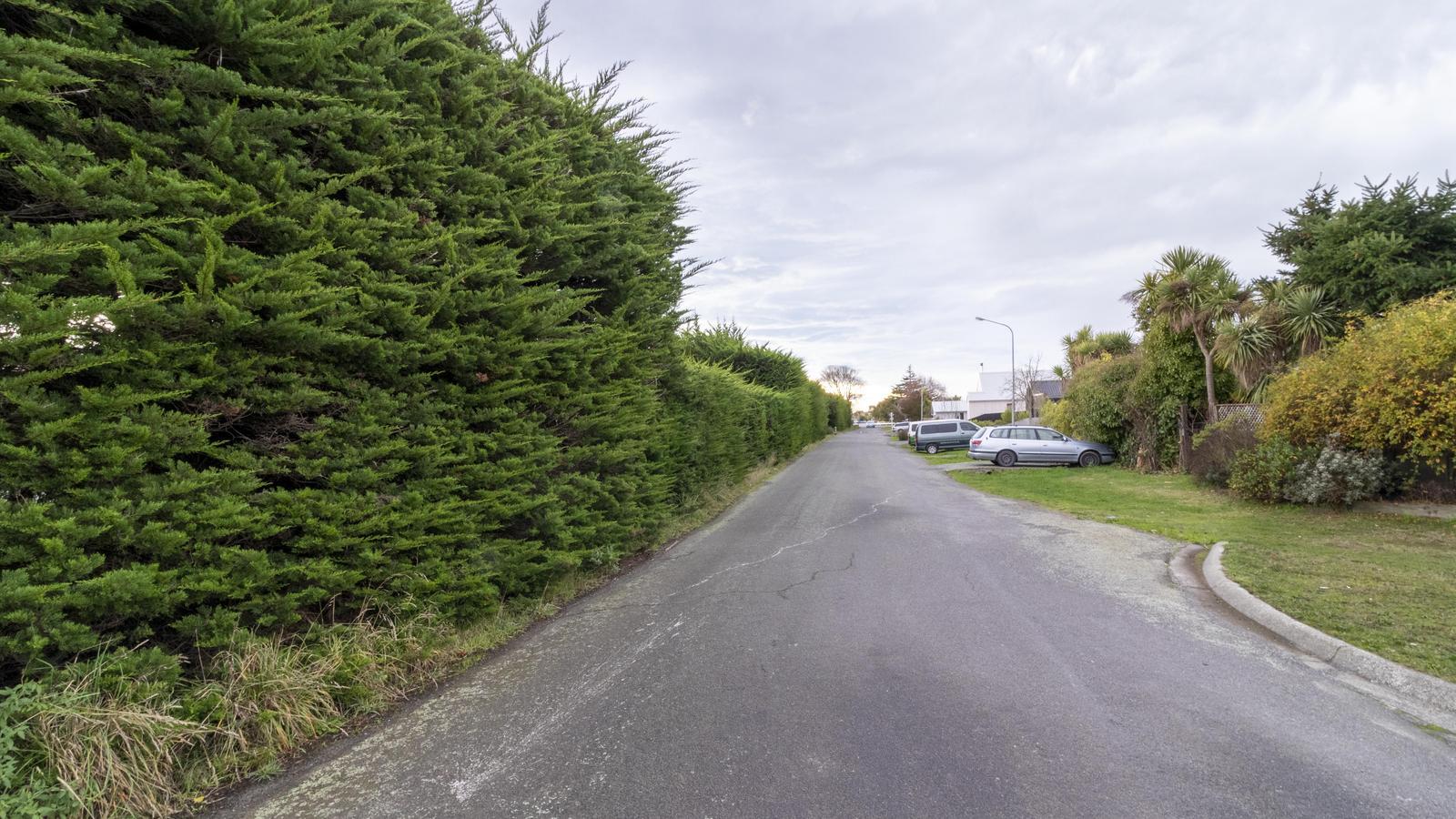As the winter months approach, the Waimakariri District Council is urging rural landowners to take proactive steps in maintaining their shelter belts.
Trimming your shelter belts not only enhances the health and productivity of your land but also plays a crucial role in ensuring road safety for our community.
Why Trim Shelter Belts?
Shelter belts, while essential for protecting crops and livestock from harsh winds, become overgrown if not properly maintained. For road users this becomes a hazard when overgrown shelter belts can cast long shadows across roads, leading to the formation of ice patches.
Benefits of Trimming Shelter Belts
- Improved Road Safety: By trimming your shelter belts, you allow more sunlight to reach the road surface, helping to melt ice and reduce slippery conditions for drivers
- Enhanced Visibility: Well-maintained shelter belts improve visibility for drivers, making it easier to navigate rural roads safely
- Healthier Trees: Regular trimming promotes the health and longevity of your trees, ensuring they continue to provide effective wind protection
How to Trim Your Shelter Belts
- Identify where needs trimming: Where hedges and shelter belts run east / west and are situated on the north side of a road, they are more likely to cause shade and the potential of black ice occurring. These are the sections that often need trimming.
- Use the right tools: Ensure you have the appropriate equipment for trimming. This may include pruning shears, saws, and safety gear. If the task seems too daunting, consider hiring professional tree trimming services. They have the expertise and equipment to handle large-scale trimming efficiently.
By trimming your shelter belts, you contribute to the well-being of our community. Let's work together to keep our roads safe.
